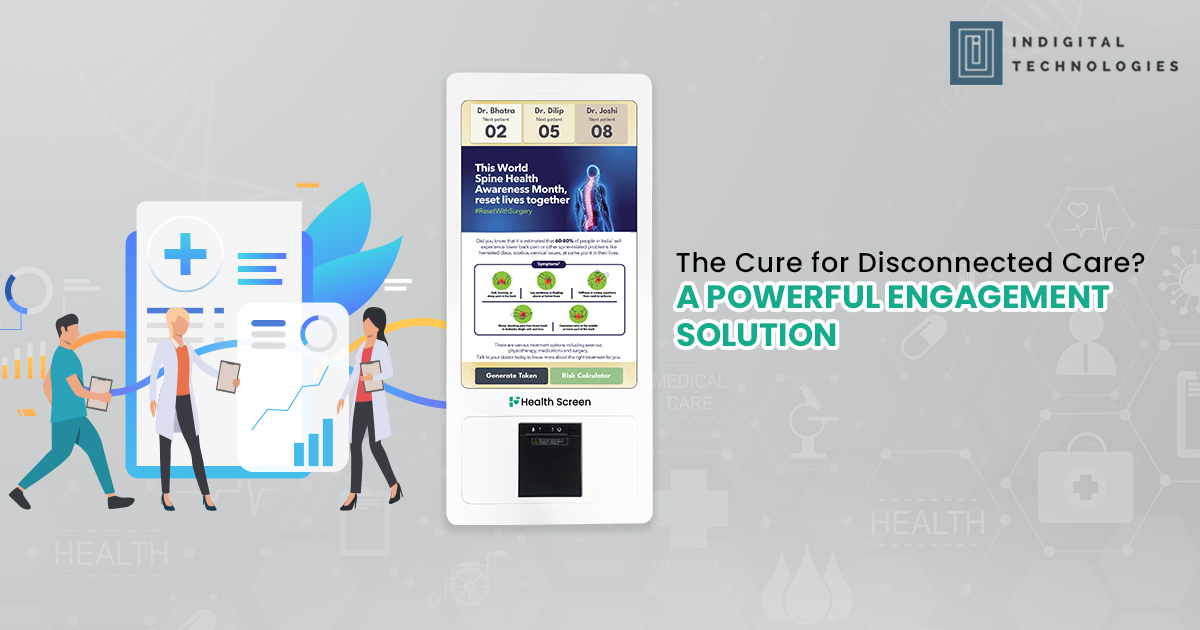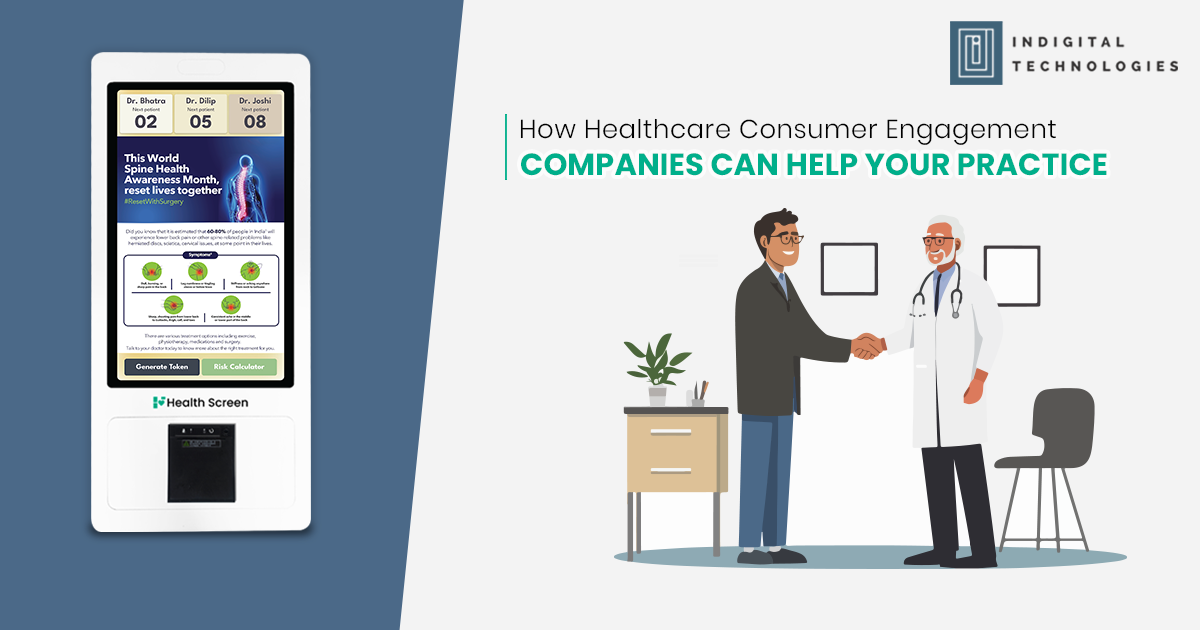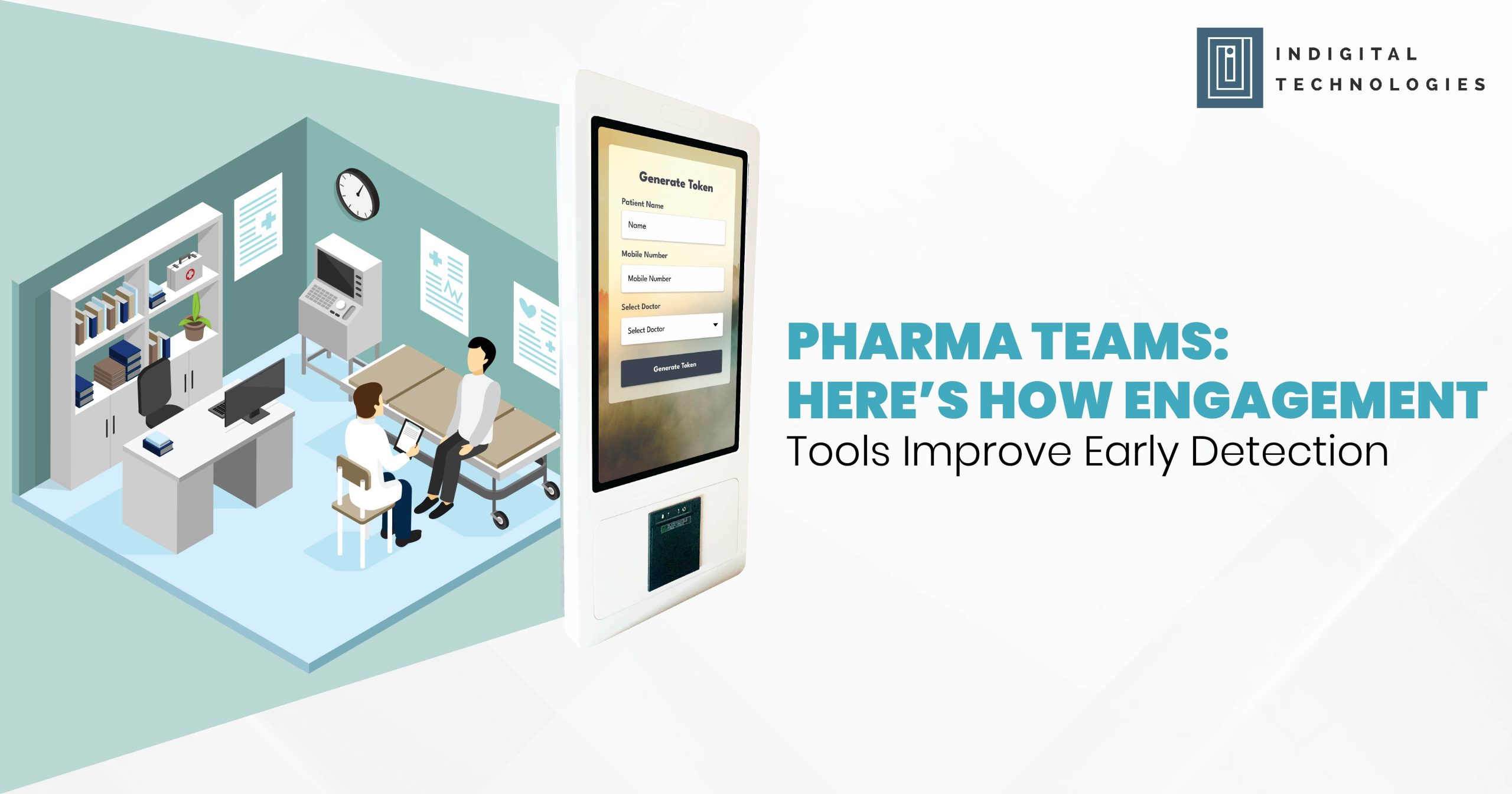In the new era of healthcare, patient care extends far beyond the walls of a clinic or hospital. It involves continuous communication, proactive education, and personalized attention — all of which can be seamlessly delivered through Patient Engagement Software.
For doctors striving to deliver holistic care while managing growing patient loads, adopting the right engagement software is proving to be a game-changer.
The Traditional Gaps in Patient Care
Even after an excellent consultation, several issues often arise:
- Patients misunderstand or forget instructions.
- Follow-up appointments are missed.
- Lack of timely reminders leads to treatment non-compliance.
- Patients feel disconnected between visits.
These gaps directly impact clinical outcomes, patient satisfaction, and long-term loyalty.
What Is Patient Engagement Software?
Patient Engagement Software is a digital solution designed to maintain ongoing communication between healthcare providers and patients.
Key features typically include:
- Automated appointment reminders
- Personalized educational content delivery
- Post-visit follow-up messages
- Medication adherence tracking
- Two-way secure communication (where regulations permit)
- Health monitoring integration (e.g., fitness trackers, wearable devices)
By using such platforms, doctors can extend care beyond consultations, ensuring patients feel supported at every stage of their health journey.
How Patient Engagement Software Transforms Patient Care
1. Improves Adherence to Treatment Plans
Automated reminders and educational reinforcements significantly increase:
- Medication adherence
- Lifestyle modification compliance
- Routine monitoring (e.g., blood pressure, blood sugar)
Real-World Example:
An endocrinology clinic in Chennai observed a 30% improvement in glycemic control among diabetic patients after implementing automated follow-up and education through engagement software.
2. Reduces Missed Appointments
- SMS, email, and app-based reminders minimize no-shows.
- Patients can reschedule easily if needed, optimizing clinic workflows.
3. Enhances Patient Education
- Condition-specific videos, tips, and resources empower patients to manage their health better.
- Reduces unnecessary in-clinic queries and calls.
4. Builds Stronger Doctor-Patient Relationships
- Regular, proactive communication builds trust and loyalty.
- Patients feel genuinely cared for, beyond transactional consultations.
5. Supports Preventive Healthcare
- Seasonal health tips (e.g., vaccinations, heart health month) keep patients engaged even when not actively seeking care.
- Encourages preventive check-ups, improving overall public health outcomes.
Practical Benefits for Doctors and Pharma Managers
For Doctors:
- Clinical Efficiency:
Less time spent repeating instructions; more time for complex consultations. - Improved Outcomes:
Better patient compliance = better clinical results. - Stronger Reputation:
Digital touchpoints position the doctor as a progressive, patient-centric healthcare provider.
For Pharma Managers:
- Deeper Doctor Partnerships:
Supporting patient engagement initiatives aligns pharma companies with doctor success. - Ethical Brand Visibility:
Patient education content related to diseases and therapies can be ethically integrated into engagement software.
Tip: Leading pharma brands increasingly collaborate with clinics to support digital patient engagement, building lasting goodwill.
Key Features Doctors Should Look for in Patient Engagement Software
- Ease of Integration:
Should fit smoothly into current practice workflows without heavy training. - Patient Personalization:
Ability to customize messages based on patient profiles. - Data Security:
Must comply with healthcare data privacy regulations. - Analytics and Reporting:
Should offer actionable insights into patient engagement and clinic performance. - Multilingual Support:
Especially important in India’s diverse linguistic landscape to ensure wider reach.
Future Outlook: Patient Engagement in 2025 and Beyond
By 2025, it’s expected that more than 70% of patients will actively prefer doctors who offer digital engagement options.
Younger patients, in particular, value convenience, digital connectivity, and personalized care.
Doctors who fail to adapt may risk:
- Losing patients to more digitally-savvy competitors.
- Dealing with lower patient satisfaction scores.
- Facing operational inefficiencies that affect growth.
Conclusion: Elevate Your Practice with Smart Engagement
Patient Engagement Software is not just an add-on; it is an essential tool to deliver better, faster, and more human-centric healthcare.
By integrating such technology, doctors can create a modern, efficient, and compassionate practice that meets — and exceeds — patient expectations.
Final Thought:
“When patients feel connected, they care more. When doctors stay connected, they heal better. Patient engagement isn’t the future — it’s the present.”





